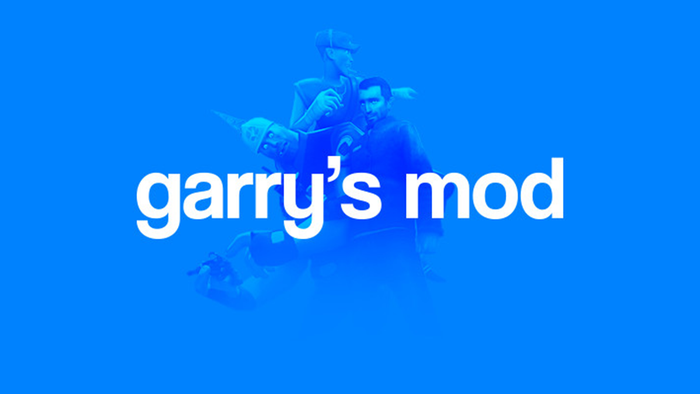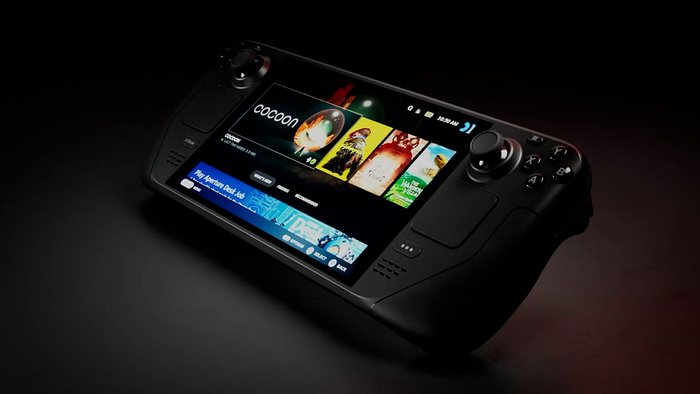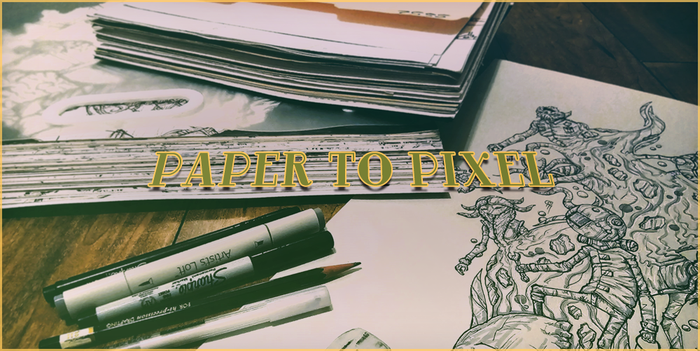
Featured Blog | This community-written post highlights the best of what the game industry has to offer. Read more like it on the Game Developer Blogs.
The Nintendo/DeNA deal makes no sense. At face value, it would suggest Nintendo is abandoning it's "Blue Ocean" strategy and jumping into a hyper-competitive market which doesn't play to its strengths. So what is really going on, wonders Nicholas Lovell.

This post originally appeared on GAMESbrief, Nicholas Lovell's website about the business of games.
Nintendo’s partnership with DeNA makes no sense.
The thing we all know about Nintendo is that it doesn’t follow the herd. It makes surprising announcements that make the industry shake its collective head and mutter, “that will never work.” Analysts of the video game industry have a secret motto we all whisper to each other when Nintendo announces something that doesn’t make sense: “No sane analyst ever bet against Nintendo.”
But this time, no one is saying it doesn’t make sense. The market applauded Nintendo’s move into games on smart devices and free-to-play with a huge surge in the share price. Dr Serkan Toto, a respected observer of the Japanese games market, described the deal as “an earthquake that will change the entire games industry.”
I don’t buy it.
Smart device gaming and free-to-play business models are red oceans
Nintendo is known to be a fan of a Blue Ocean Strategy , as described in the book of the same name by Chan Kim and Renée Mauborgne. The subtitle of the book is “How To Create Uncontested Market Space And Make The Competition Irrelevant”, and Nintendo has a long history of doing just that. The Wii is the obvious example, eschewing the technical arms race in which Sony and Microsoft were engaged by launching a low specification machine with an innovative controller that drew in a huge range of users that Nintendo’s competitors had not considered as a target market. The dual screen DS was a similar innovation, with many observers shaking their heads at Nintendo’s quirky design and predicting that Sony’s more traditional PSP would wipe the floor with it. Similarly, the D-pad and the analog controller were novel ways of driving human-machine interaction that were adopted as industry-standard, even though they were questioned by the industry at the time.
Yet this time, everyone is saying that Nintendo is doing the smart thing. Investors seem to believe that simply by bringing Mario to the crowded, competitive, fast-moving, smart device space, Nintendo will make bucket-loads of profits, and investors will be happy.
But is this really Nintendo’s strength?
Nintendo’s strength versus smart device needs
Nintendo is a design-led organisation that thinks deeply about how humans interact with video games and their controllers. It takes its time to ship products of enormously high quality. Nintendo has shown that it is prepared to bet that it will be able to change consumer behaviour to match its needs, rather than attempting to change its behaviour to match consumer needs. It knows how to ship products, not services. It is a slow responder, not a fast one. It is a deep thinker, not a reactor.
This is not what smart device gaming demands. Smart device gaming needs rapid iteration. It needs responding to feedback. It means adapting to what the customers want, not the other way round.
Some will say that is what DeNA provides: the expertise in exactly the areas that Nintendo is weak. This is true, but managing that relationship will be hard. Both companies have a strong idea about what makes their respective games successful. These ideas will come into conflict. It is hard enough to make successful smart device games when everyone is in agreement; when each side has fundamentally different ideas about what makes a game successful, resolving those conflicts will take time.
Nintendo has even acknowledged this problem. Not just by partnering with DeNA. In an investor call last week, the investor relations spokesperson confirmed that Nintendo was entering the “red ocean” of free-to-play, despite the very idea of F2P making Nintendo’s traditional customers “uncomfortable”. He even implied that this deal is more about DeNA pushing to get hold of Nintendo’s Intellectual Property, than it was about Nintendo seeking out a new blue ocean market.
So what if Nintendo is really targeting a Blue Ocean? It just hasn’t told anyone yet
My belief is that Nintendo is looking for a blue ocean. It hasn’t told anyone what the Blue Ocean is yet, and I am about to make my best current guess. It is only a guess, and it is driven by my instinct that Nintendo doesn’t jump into red oceans. So we are all framing the question wrong. What do we know about Nintendo:
Nintendo targets empty markets that no-one owns
Nintendo obsesses about how humans interact with machines. It has always wanted to control the hardware to make the interaction between software, hardware and human as delightful as possible
Nintendo has invested heavily in wearables and sensors as part of its health and wellbeing initiative that has failed (to date) to excite the stock market
Nintendo has partnered with a leading operator of free-to-play and smart device games, a segment of games that Nintendo does not really understand
Nintendo has announced that it is working on a new hardware platform, the NX, that will be announced in 2016
Nintendo is working on creating the dominant videogame controller for the smart device era
My belief is that the Nintendo NX is, at its heart, a video game controller for the smart device era.

16676061480_3529b96a13_m
Nintendo will harness the wearable/sensor research that comes out of its health and wellbeing division to create a new type of controller. My current guess is a glove of some sort, but it could be a smart watch and a couple of rings, or something like that.
The NX device will be a relatively low-powered box that sits under the television screen in the living room. It will interface with the controller to allow players to interact with their games using gestures, perhaps touching a smart watch, or tapping your thumb and forefinger together, or some other movement that combines gestures and wearables.
The key innovation is that the set-top-box and the controller will be sold separately. The controller will work with iOS and Android devices. This could work in two ways:
the controller allows players to interact with a game displayed on a touch screen device
the controller allows players to interact with a game displayed on a television, broadcast using a device like Apple TV, Chromecast, or even just a cable between tablet/smartphone and the TV screen.
At a stroke, Nintendo has created a Blue Ocean. It is not trying to become another gaming platform sandwiched between the core gamer world of PlayStations and Xboxes and the mass-market world of smartphones and tablets. Instead, it has an instant addressable market of over a billion devices. Third party developers will fall over themselves to support the NX, because whether or not the NX set-top box makes inroads into consumer markets does not matter: Nintendo has invented the de facto standard for how humans can interact with smart devices without using the touch screen.
That is a Blue Ocean worthy of Nintendo. It ties together the wearables research, Nintendo’s historic approach to product development, its ambition for new markets and its desire to delight its fans with something they have never seen before.
It would be an exciting, innovative, fascinating evolution of the video gaming market. It makes much more sense than Nintendo asking its fans to pay 99c to make Mario jump just a little bit higher.
Image credit: Maurizio Pesce, licensed under Creative Commons
Read more about:
Featured BlogsAbout the Author(s)
You May Also Like








